tutankhamun
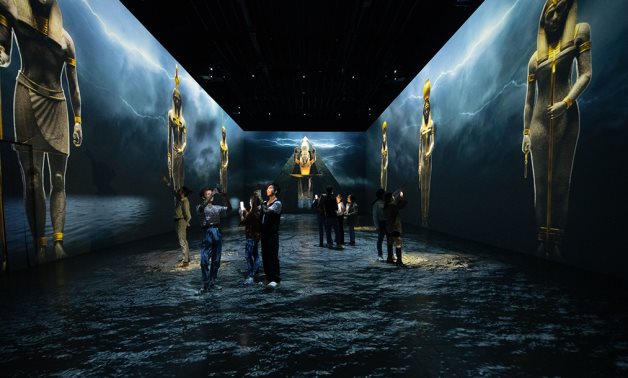
The immersive exhibition uses state-of-the-art digital projections to unfold the story of a king, a legend, and an enduring mystery.
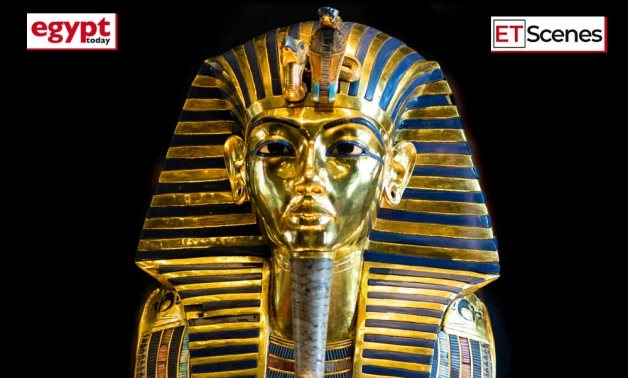
Grand Egyptian Museum organizes ‘Tutankhamun-Immersive Exhibition’ on November 21
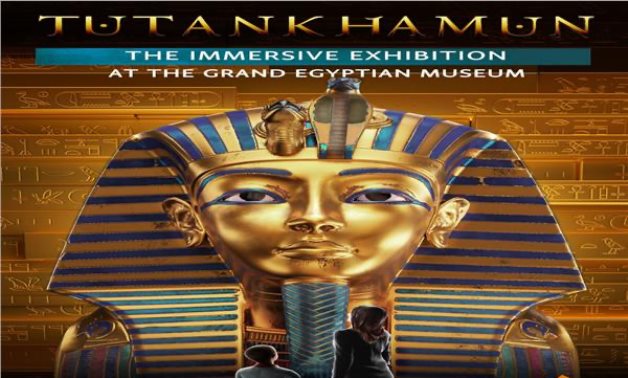
‘Tutankhamun – The Immersive Exhibition’ makes its international premiere at the Grand Egyptian Museum in November

For the first time in Egypt, the GEM will host the highly acclaimed "Tutankhamun – The Immersive Exhibition" in partnership with Madrid Artes Digitales.

Karim Abdelaziz To Embody The Role Of Tutankhamun In El Feron El Akheer Movie Produced By UMS.
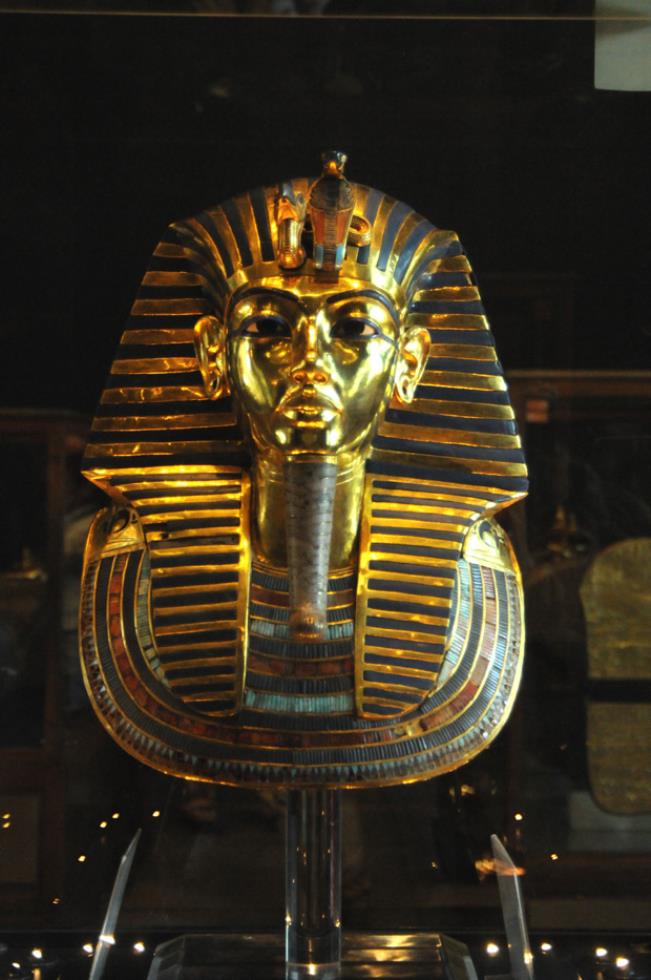
Russia will host ‘Treasures of Tutankhamun’s Tomb’ exhibition on August 24
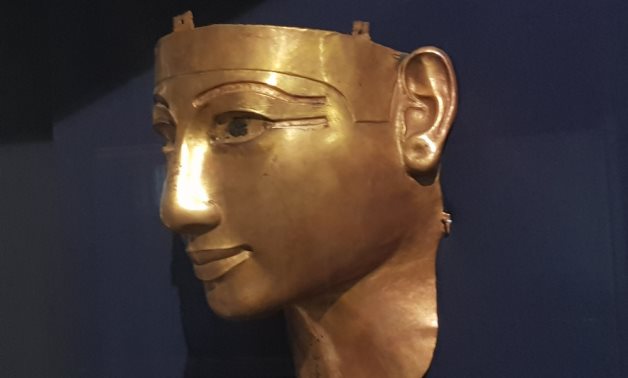
The Egyptian Museum in Tahrir is one of the largest international museums.
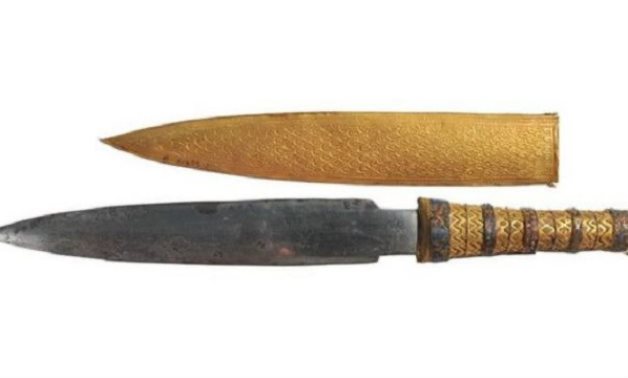
Everything seemed in harmony in Tutankhamun’s royal tomb, except one object.
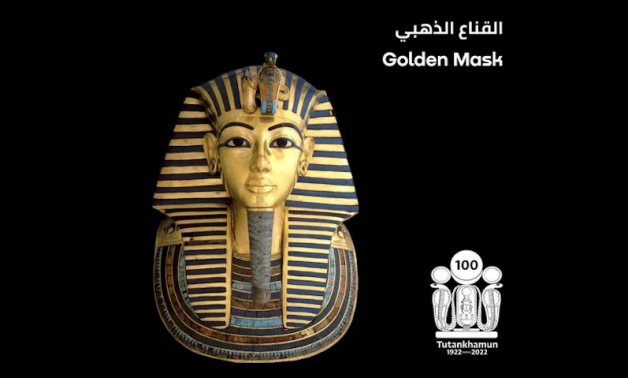
The breathtaking funerary mask of Tutankhamun was and continues to be an icon of ancient Egypt.
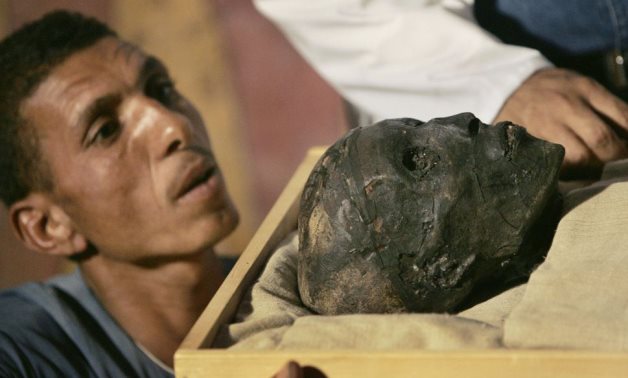
One hundred years ago, an archaeological team led by Howard Carter discovered the tomb of Tutankhamun and revealed many "wonderful objects".
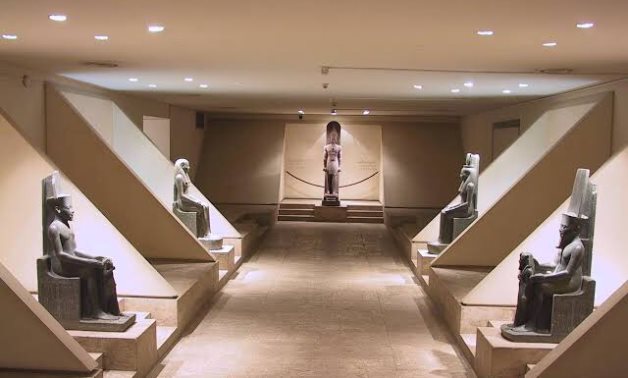
Luxor Museum of Ancient Egyptian Art to organize special events celebrating the 100th anniversary of the discovery of Tut’s tomb
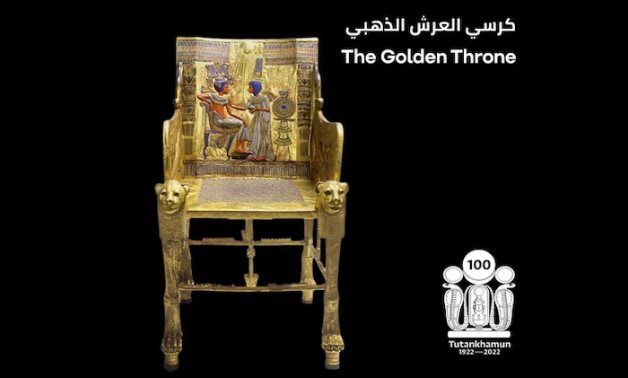
One of the breathtaking artifacts found in Tutankhamun’s tomb is his golden throne made of gilded wood and decorated with colored glass and semi-precious stones.
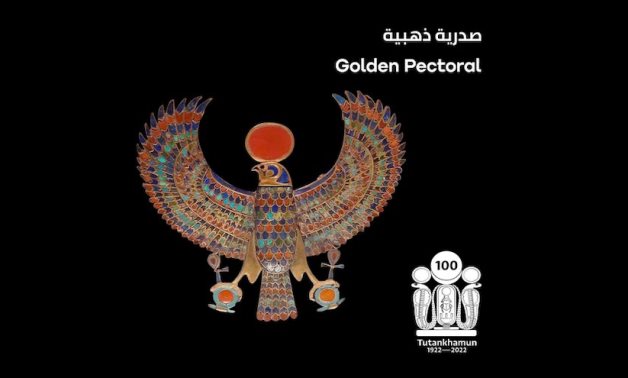
Most likely, this piece represents Horus, the falcon-headed deity of power and kingship.
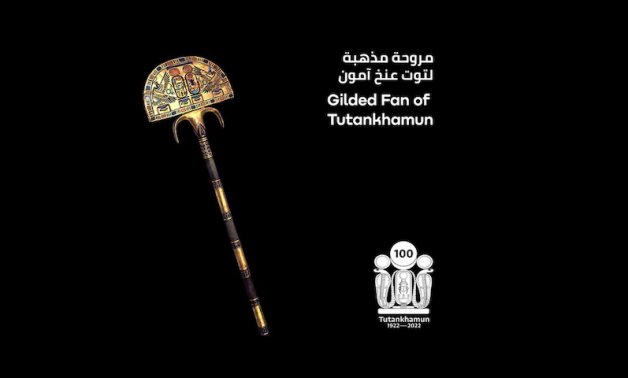
This fan originally held ostrich feathers attached to it.
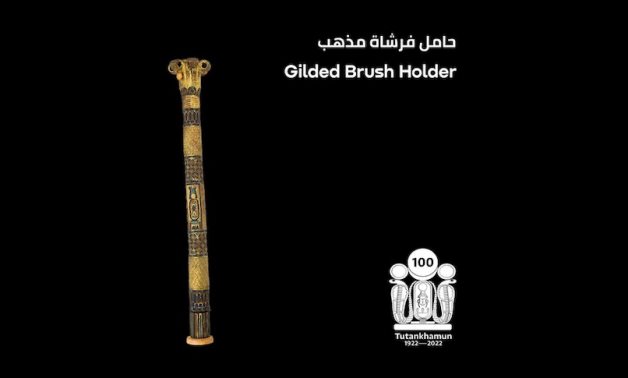
The object is made of gilded wood inlayed with carnelian, obsidian, and colored glass.
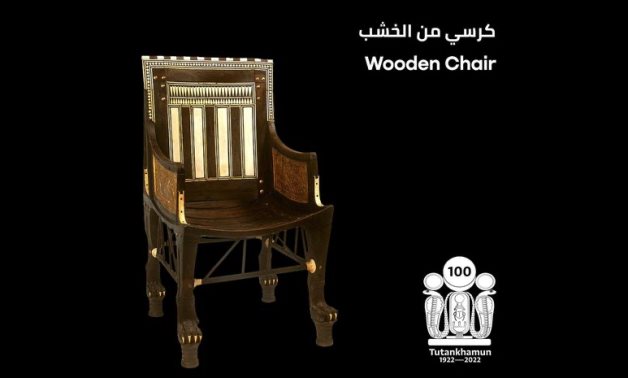
Its small size indicates that it was used by Tutankhamun when he was a child.
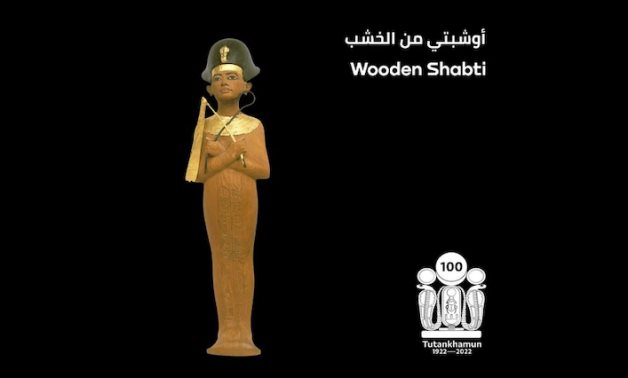
This example represents the king wearing a khepresh or blue crown, the headdress associated with war.
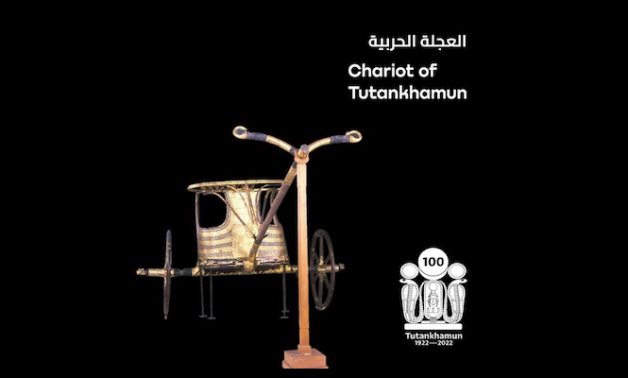
Usually made from wood, the chariots were found with accessories.
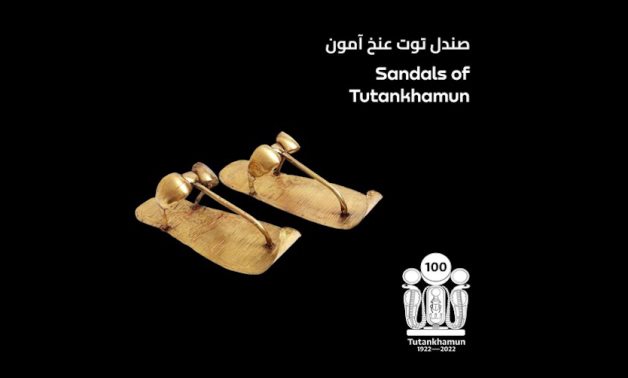
Upon the discovery of king Tutankhamun’s tomb, Howard Carter found almost 100 pieces of footwear belonging to the king.
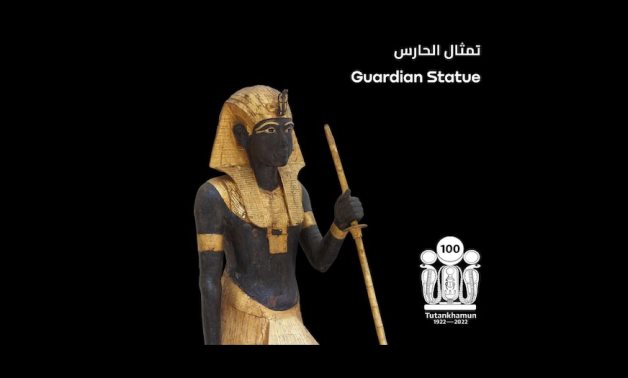
This is one of two life-size guardian statues placed at the entrance of Tutankhamun’s Burial Chamber.